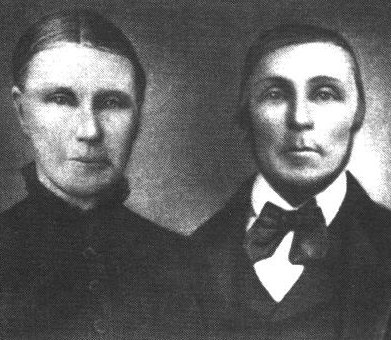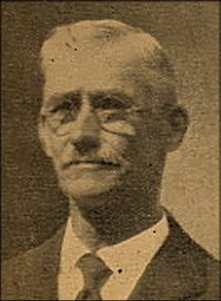
It was April 24, 1849. Imagine the thrill, the apprehension, and the hope that filled the hearts of the party of young Dutch families as they boarded the Massachusetts of Boston in LeHavre, France. Having departed Schoorl on April 14th (first by canal barge to Rotterdam, followed by a steamboat to LeHavre), this courageous group headed for the new world, with visions of making a good living for their families, and the promise of religious freedom.
Our ancestors, Gerrit and Jannetje Eenigenburg, lost 3 of their 4 children on the journey – Jan (1845), Joris (1846) and Pieterje (1849). Only 5-year old Trijntje (1843) survived.
Mercifully, the group finally landed in New York harbor on June 4, 1849. Two weeks later, after traveling through the Great Lakes, the survivors of the 60-day, tragedy-filled voyage arrived in Chicago. On the dock, they were met by Klaas Pool, an old acquaintance who had traveled to America two years earlier. Klaas led 4 of the men, chosen as the scouting party, on foot the final 20 miles, to the High Prairie (now Roseland). On July 3, 1849, the settlers bought 160 acres of prime land for $5 per acre from 103rd to 111th Streets, and from Indiana Avenue to State Street (as we know the area today). Gerrit & Jannetje purchased 10 acres at 110th Street.
| But the hardships
were not over. The country was wild and primitive, the winters were extremely
harsh, and the farming was difficult. There were no railroads or wagon
roads, only a primitive trail. The new settlers were up to the task, and the land was extremely fertile. The pioneers were successful in their new community. In fact, many of them did extremely well in the boom years that followed. |
 |
Jannetje
(1818-1883) and Gerrit (1814-1893) Eenigenburg |
The newly arrived immigrants soon organized a place for worship. In 1850 they built their first church at 10700 Michigan. In 1856 they erected a larger church, and another yet larger church in 1867. In 1887 they built again, but instead of wood, a brick, stone and steel structure that held 1,200, which from the beginning was not too large. Also noteworthy is that in 1860, Gerrit Eenigenburg built the First Reformed Church of Lansing. In fact, many new churches were built by the devoutly religious immigrants as congregations grew and to better serve people living at a distance.
In 1882, at the age of 22, Harry, already an accomplished carpenter, joined a group of homesteaders in South Dakota and helped build a settlement in exchange for land. Five years later, he returned to Roseland. In 1935, Harry also published, “The Calumet Region and its Early Settlers,” providing a detailed history of the early pioneer experience.
 |
 |
Harry
Eenigenburg, age 22 years |
Author & historian, |
We’ve come a long way from
the little group of Dutch emigrants that courageously journeyed to America
in 1849. While they faced tragic loss of life on the high seas and significant
hardship in the new world, the adversity only strengthened their resolve –
and their strong faith in God. Today, the Eenigenburg Family in America numbers
well into many hundreds, many of whom still live in the Greater Chicago area.